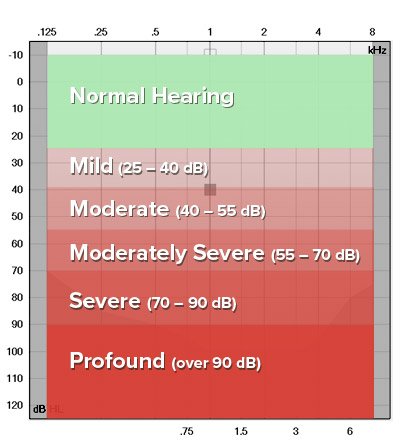Understanding Audiograms: A Comprehensive Guide to Your Hearing Health
What is an Audiogram?
An audiogram is more than just a chart; it's a detailed map of your hearing abilities. It represents the softest sounds you can hear at various frequencies, which range from low to high pitches. Imagine each audiogram as a personalized snapshot of your hearing health, where each frequency is akin to a different key on a piano, stretching from the deep, resonant bass on the left to the high, tinkling treble on the right.
Reading an Audiogram
An audiogram features two main axes: the horizontal represents sound frequency (pitch) and the vertical represents loudness (decibels). As you look at an audiogram, you'll see that lower sounds appear towards the top, and louder sounds towards the bottom. Your right and left ears are tested separately, often depicted as red circles and blue crosses, respectively, to distinguish between the two.
Bone Conduction Testing
This part of the test evaluates your inner ear and auditory nerve by bypassing the outer and middle ears. Symbols like "> / <" or "[ / ]" might appear, indicating where your permanent hearing capacity lies.
Types of Hearing Loss Illustrated by Audiograms
Sensorineural Hearing Loss
This common form involves damage to the inner ear or nerve pathways from the inner ear to the brain. Unfortunately, it's generally not correctable by surgery, but hearing aids can often help manage the condition.
Conductive Hearing Loss
This type occurs when there's a problem conducting sound waves anywhere along the route through the outer ear, tympanic membrane (eardrum), or middle ear. If diagnosed, you'll likely be referred to an ENT specialist to explore further treatments.
Mixed Hearing Loss
When both sensorineural and conductive hearing losses are present, it's referred to as mixed hearing loss. This dual diagnosis can complicate treatment plans and usually requires comprehensive management.
Understanding the Degrees of Hearing Loss
Hearing loss isn't just one size fits all; it's measured in degrees:
Mild: Struggling to catch soft sounds between 25 and 40 decibels.
Moderate: Missing regular conversational tones, between 40 and 55 decibels.
Moderately Severe to Severe: Difficulty with most sounds between 55 and 90 decibels.
Profound: Significant hearing loss, where sounds must exceed 90 decibels to be heard.
Every level of hearing loss, even some profound ones, might be treatable with hearing aids, offering hope and improved life quality to those affected.
The Speech Banana
A crucial tool in understanding how hearing loss impacts daily communication is the "speech banana," a visual representation on the audiogram where most speech sounds occur. For those with mild low-frequency hearing loss, vowels like 'm' and 'n' become challenging, whereas high-frequency loss impacts the clarity of consonants like 'th' and 's.' The speech banana helps both patients and professionals visualize which sounds are most affected.
Conclusion
Understanding your audiogram is the first step toward managing and improving your hearing health. Whether it's identifying which type of hearing loss you have or understanding how it affects your daily life, an audiogram offers invaluable insights. If you suspect you have hearing loss or haven't checked your hearing in a while, consider booking an appointment with a hearing care professional. They can provide a detailed audiogram and help you explore treatment options that can profoundly impact your quality of life.
Don't let hearing loss keep you from enjoying your life to the fullest. Understanding your audiogram is a key to unlocking better hearing health.




